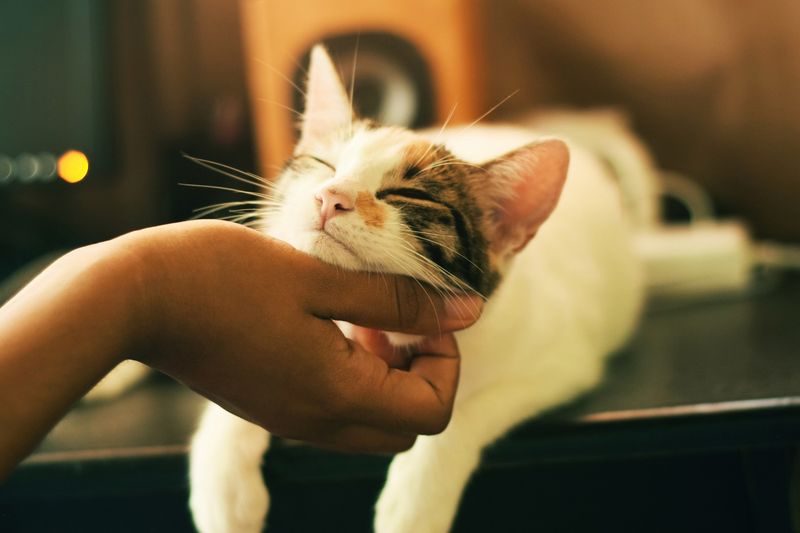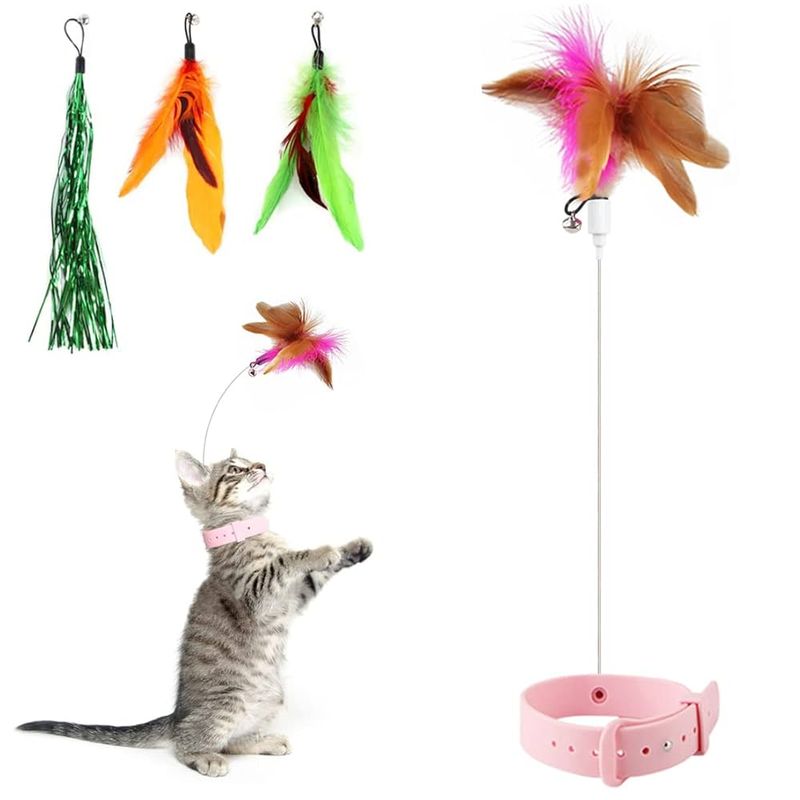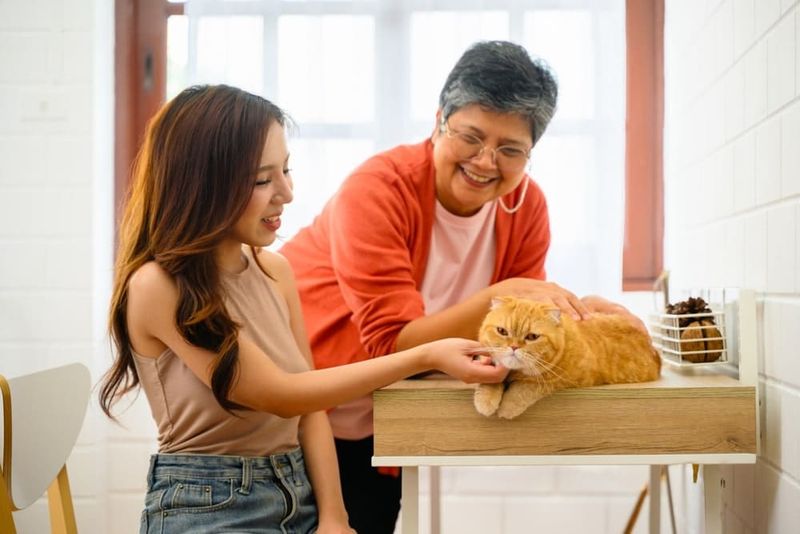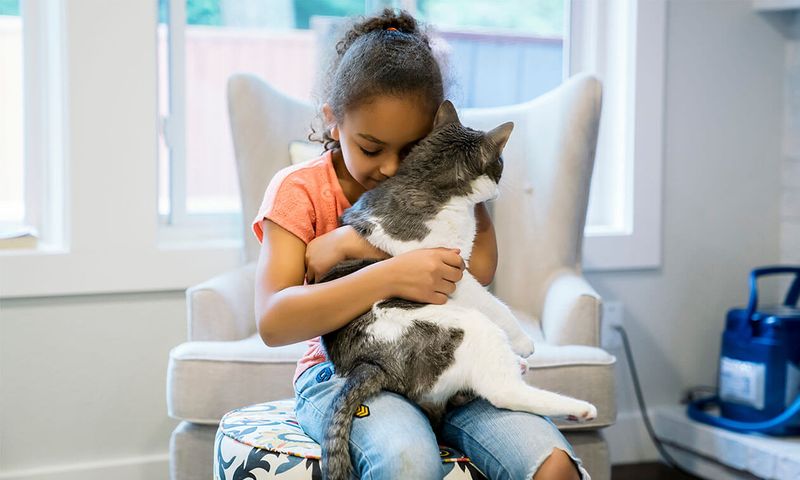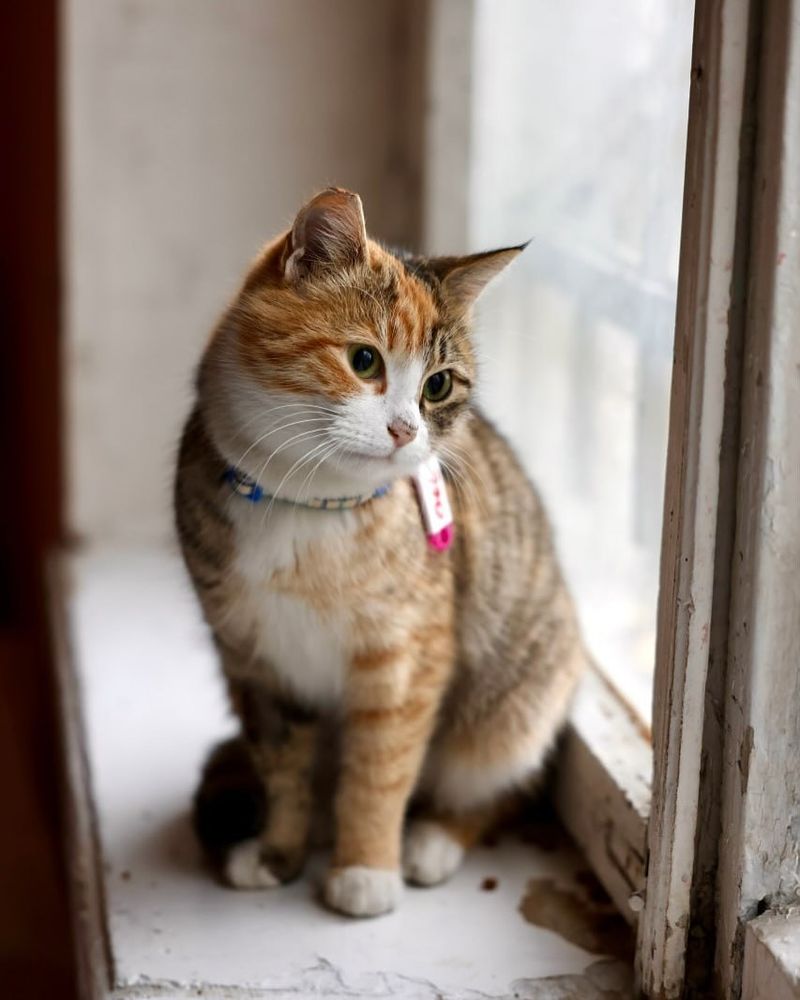📖 Table of Content:
- 1. Create a Stimulating Environment
- 2. Introduce New People Gradually
- 3. Use Positive Reinforcement
- 4. Engage in Interactive Play
- 5. Provide Consistent Routines
- 6. Encourage Gentle Handling
- 7. Provide Safe Hiding Spaces
- 8. Use Calming Pheromones
- 9. Introduce New Pets Gradually
- 10. Respect Their Individual Personality
Cats can be mysterious creatures, often preferring solitude over social interaction. However, encouraging your feline friend to be more social can significantly enhance their quality of life and yours. Social cats are generally happier, healthier, and more adaptable to change. Here are ten ways you can help your cat become the social butterfly they were meant to be.
1. Create a Stimulating Environment
Cats thrive in environments rich in stimuli. Providing various toys, climbing structures, and cozy spots fosters curiosity and engagement. Set up a space where your cat feels both secure and intrigued. Imagine a living room scattered with feather toys, scratching posts, and sunlit napping areas. Cats naturally explore and interact with their surroundings, which can reduce anxiety and encourage social behavior. Rotating toys regularly keeps the experience fresh and exciting. Did you know? A well-stimulated cat is less likely to become bored or withdrawn, paving the way for more interactive moments with you and visitors.
2. Introduce New People Gradually
Meeting new people can be daunting for cats. Gradual introductions help them adjust without feeling overwhelmed. Start with one person at a time in a calm setting, allowing your cat to approach at their own pace. Offer treats and gentle words as positive reinforcement. Over time, your cat will associate new faces with pleasant experiences, reducing wariness. Building trust with strangers takes patience, but it’s rewarding. Fun fact: Cats have unique personalities; some may become social butterflies, while others may remain reserved, but still enjoy occasional human company.
3. Use Positive Reinforcement
Rewarding positive behavior encourages cats to be more social. Use treats, affection, or playtime as incentives when your cat engages socially. Every time your cat approaches a visitor or interacts playfully, offer a tasty treat or a gentle stroke. This method reinforces the idea that social interactions lead to rewards, fostering curiosity and bravery in your feline friend. Remember, consistency is key. Over time, your cat will likely initiate contact more frequently, knowing that their friendly gestures are met with positivity. Patience and persistence can transform even the shyest cats into social creatures.
4. Engage in Interactive Play
Interactive play is vital for encouraging social behavior in cats. Using toys like feather wands or laser pointers can stimulate your cat’s hunting instincts while fostering bonding moments. Spending just a few minutes each day engaged in playful activities can significantly boost your cat’s confidence and willingness to interact. Through play, cats learn to associate fun with human interaction, making them more open to social experiences. Interesting tidbit: Playtime not only satisfies your cat’s need for physical activity but also provides mental stimulation, which is crucial for their overall well-being.
5. Provide Consistent Routines
Cats are creatures of habit, and consistent routines can make them feel secure. Establishing regular feeding times, play sessions, and quiet periods helps your cat know what to expect, reducing stress and promoting social behavior. For example, feeding your cat at the same time each day not only satisfies their hunger but also builds trust and anticipation for positive interactions. Routines create a sense of stability, encouraging your cat to explore and engage more confidently. Did you know? Consistency in daily activities can greatly reduce anxiety in cats, making them more receptive to socialization efforts.
6. Encourage Gentle Handling
Teaching gentle handling is crucial for cats to feel comfortable with social interactions. Encourage family members, especially children, to pet and handle your cat softly. Demonstrating the proper way to approach and touch a cat can prevent fear or aggression. Positive experiences with handling can make your cat more willing to seek out affection and attention. Remember, patience is vital; allow your cat to set the pace for interaction. Fun fact: Cats often respond well to a gentle touch and may initiate more contact once they associate it with safety and comfort.
7. Provide Safe Hiding Spaces
Safe hiding spaces are essential for cats to retreat to when overwhelmed. Having places where they can observe without being in the spotlight makes them feel secure. Imagine a room where a cat can peek out from under a bed or behind a curtain. These spaces allow cats to recharge and feel safe, promoting confidence when they’re ready to socialize again. It’s important to respect their need for solitude occasionally. Did you know? Offering both open and hidden spaces at home encourages cats to explore and interact more freely, knowing they have a safe retreat.
8. Use Calming Pheromones
Calming pheromones can help reduce anxiety in cats, making them more open to social interactions. Products like diffusers or sprays mimic natural cat pheromones, promoting a sense of calm and security. Consider placing a diffuser in rooms where your cat spends the most time. Over time, the calming effects can lead to less stress and more curiosity about engaging with people and other pets. Interesting insight: Pheromones can be particularly beneficial during changes such as moving or introducing new people, helping your cat adjust smoothly to new social environments.
9. Introduce New Pets Gradually
Introducing a new pet to a cat should be a slow and patient process. Allowing gradual exposure helps cats adjust without feeling threatened. Start by keeping the new pet in a separate room, allowing your cat to investigate scents and sounds from a safe distance. Gradual face-to-face meetings can follow, always supervised and calm. Over time, your cat may grow curious and more accepting of their new companion. Fun fact: Cats often take longer to accept new animal members, but with patience, they can form bonds that enhance their social nature.
10. Respect Their Individual Personality
Every cat is unique, and respecting their personality is key to encouraging social behavior. While some cats are naturally outgoing, others may be reserved. Observing your cat’s preferences and limits allows you to tailor interactions that feel safe and enjoyable for them. For example, some cats may enjoy sitting by a window watching the world, while others prefer active play. Acknowledging these traits fosters a trusting relationship where your cat feels valued and secure. Did you know? Embracing a cat’s individuality can lead to deeper connections and more spontaneous social interactions over time.


